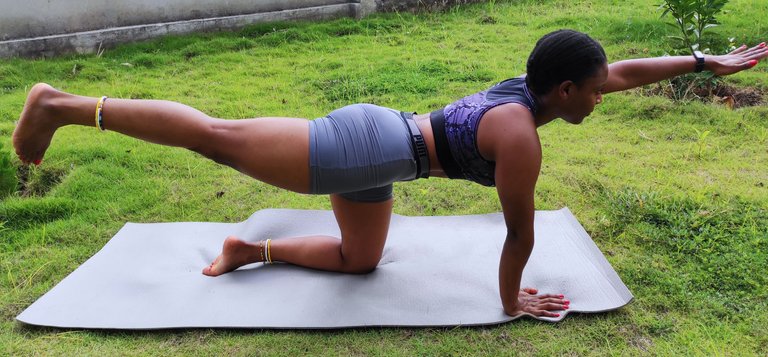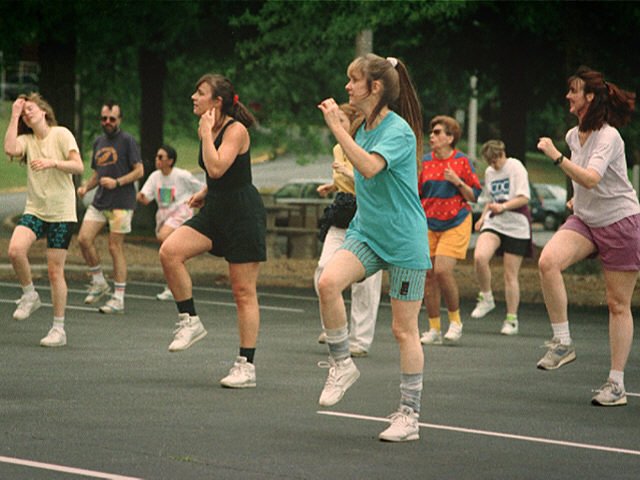A higher heart rate is a sign of aerobic activity. Although the majority of aerobic workouts involve moving your entire body, the heart and lungs receive the most of attention
Aerobic exercise is frequently referred to as "cardio" because it strengthens and helps your cardiovascular system.
If performed with enough intensity, sports like walking, swimming, dancing, and cycling cause your heart to beat more rapidly. Exercises that burn fat also elevate mood, lessen inflammation, and regulate blood sugar.
Two to three times a week should be set out for strength exercise, also referred to as resistance training. Exercises like squats, lunges, push-ups, and those done with resistance bands, weights, or machines assist maintain and even increase muscular growth and strength.
Strengthening muscles also strengthens bones, controls blood sugar, and improves balance, all of which help prevent falls.

STRENGTH TRAINING
Exercises that are both isometric and isotonic should be combined.
Planks and holding leg lifts are examples of isometric exercises, which are performed without moving. They are fantastic for preserving strength and enhancing stability.
In isotonic workouts, you must maintain weight bearing throughout a range of motion. Exercises that are isotonic include sit-ups, bench presses, and bicep curls.
Stretching exercises maintain the flexibility of your muscles and tendons, maintain good posture, and increase mobility, more so as you get older. Every day stretching can be done.

By Tz drunk poet - Own work, CC BY-SA 4.0
Exercises for balance make use of the numerous systems, including those of the inner ear, eyes, muscles, and joints, that keep you upright and focused. Yoga and tai chi are excellent balance exercises that can help you stay independent far into your senior years and prevent falls.
